Top Things To Do In Transnistria. Transnistria is not on the tops of most people’s list in terms of tourist destinations. Paris, Rome or the Caribbean are traditionally considered first. And for those that do visit this de facto independent country, most opt to visit on a day trip from neighboring Moldova. But I will suggest there is more to see then simply strolling down 25th October Avenue, the main thoroughfare of Tiraposl, the capitol.
Transnistria, this long strip of a self-declared country, was born in July of 1992, as the War of Transnistria came to a close. Prior to its independence, Transnistria (also known as Pridnestrovian Moldavian Republic) was part of Moldova. And Moldova prior to 1991 was a republic of the Soviet Union. As the Soviet Union collapsed, many conflicts erupted throughout this former empire as people yearned for self-determination.
In 1989, Moldova declared Romanian as the official language of the state, and would revert back to the Latin alphabet. This declaration created angst in Transnistria where many ethnic Russians lived, who did not speak Moldovan. Losing Russian as the official language and a possible merger with Romania ignited a chain of events which resulted in violence. Hostilities began in November, 1990 and intensified in March of 1992 as the forces of Moldova and Transnistria battled each other. A cease fire ended the war in July, 1992. The end result was the drawing of the new borders and the birth of Transnistria in this frozen conflict.
Transnistria is a bit of an anachronism. Russian soldiers patrol the borders. Busts of Lenin dot the country. Sickles and hammers decorate the Transnistrian Ruble. And in fact, Transnistrian leadership implored Russia to annex their country during the recent Crimean conflict.
Part of the magic of visiting Transnistria is imagining what the Soviet Union looked like prior to its collapse.
Noul Neamț (Kitskany) Monastery
Noul Neamț Monastery is a Moldovan Orthodox Monestary. I consider this a hidden gem. It is not listed on TripAdvisor, Lonely Planet or WikiTravel. Hop on a marshukta (van) near the bridge over the Dnister River near the Tomb of the Unknown Soldier. Fifteen minutes later you will be transported to the village of Chitcani and after a brief walk, you will be gazing at a soaring bell tower.
The monastery was constructed in 1861, closed by the Soviets in 1962, and reopened in 1989. The walled complex was quiet with a handful of monks praying in the main cathedral. Several devouts were praying as the light peered into the vast cathedral. Sprint up the bell tower to take in a spectacular view of the monastery and the surrounding horizon.
Palace of Culture
Palaces of Culture dot the former Soviet Union (there used to be nearly 200,000) and the eastern bloc. Near the Noul Neamț Monastery is a Palace of Culture still in use today. The Palaces are and were used as community club houses for everything from sports to films to ballet to chess clubs. Everyone from the community, whether children or retirees would congregate there.
This Palace of Culture is marked with a large Lenin bust in front of this dilapidated, regal building. Upon entering the building, it appeared there was no electricity. I explored the darkened rooms, being greeted by a large, fading Soviet mural in the main hall. I followed the stair case and discovered a troupe of young ballet dancers. Possible ballerinas at the Bolshoi?
Chobruchi Village
In the village of Chobruchi I discovered another Palace of Culture. Upon entering the Palace, I was greeted with ornate columns meeting a beautifully carved and painted ceiling. An elaborate chandelier dangled from the ceiling. Across from the Palace was another Lenin, this one seated and gazing intently. And next to the Palace was a memorial to those who have fallen in battle.
Collective Farm and College
The Soviets were passionate believers of collective farms and anti-private property. In the village of Sukleya, sits the abandoned agricultural college and its adjacent collective farm. Apartment buildings stand sentry on the main road to the college that used to house the former workers. The four story structure looks like a bombed out building, but has simply been subject to the elements, vandals, and neglect. Windows are missing thought out the building. As I investigated the interior I notice the entire building is crumbling and covered in graffiti.
After walking through the college, I explored the farm in the warm autumn sun. I explored stables, grain silos, and vast milking rooms. The area had been abandoned for over 20 years, yet it felt like it could have been a century.
Dnestrovsk Town
Located in Dnestrovsk is a large industrial electrical plant. The Kuchurgan power station exports electricity to Ukraine, Romania, and Russia. It was commissioned in 1964. The interesting aspect of this complex is a large face of Lenin located on the side of the building.
Moldova was a considered to be one of the bread baskets of the Soviet Union, and Transnistria had a large industrial installed base. After the collapse of the Soviet Union, many of these factories were shuttered. Near the electrical plant is an abandoned brick factory. Hundreds used to work here, now two locals squat in one the buildings overseeing this complex.
This factory looked like a setting for an episode of the Walking Dead. Faded signs in Cyrilic warned workers about work safety. Abandoned equipment sat huddled in vast rooms. In an office, identification cards of former works were left sprawled on the floor. Nature overruns the grounds and the buildings. I walk gingerly making sure the ground is solid beneath my feet.
Meet the Locals
Some of the most memorable travel experiences might be a quick interaction with a local, whether it be a taxi driver or someone you sit next to in a café. While waiting for the marshukta in a small village, I struck up a conversation with a local man overloaded with bags of fresh grapes. We sat on opposing benches at dusk. I learned he had bought these grapes to make wine at his home, just like his father did, and his father did before. The Moldova region was well-known for wine during the days of the Soviet Union. The man upon learning I was from the USA incredulously gazed at me, mouth agape. He was shocked to meet an American citizen in this village. It was his first time meeting someone from the USA.
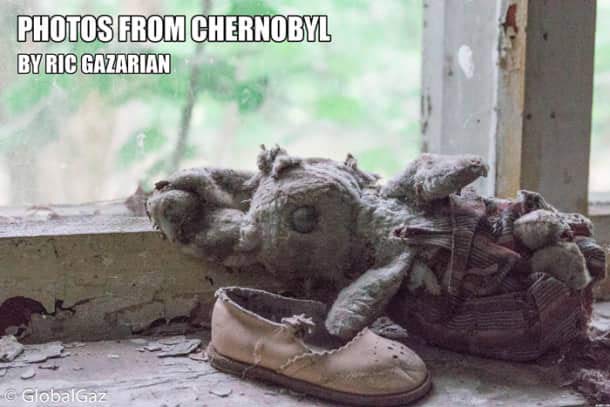
Photos From Chernobyl
Sign up to receive your free copy of Photos From Chernobyl. Over 100 photos from the Chernobyl Exclusion Zone.


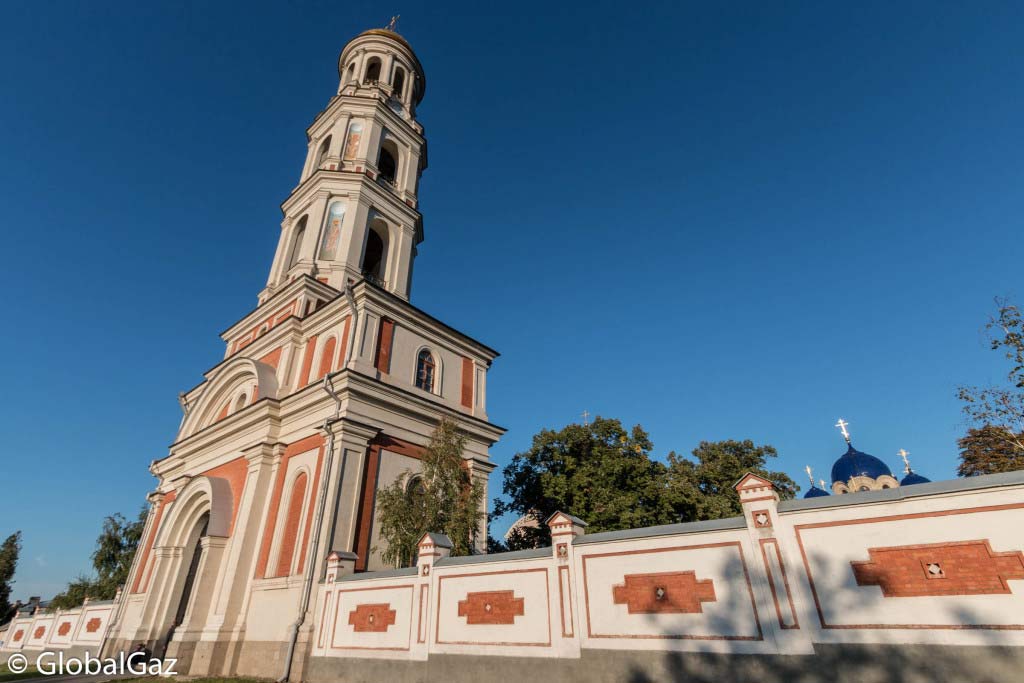
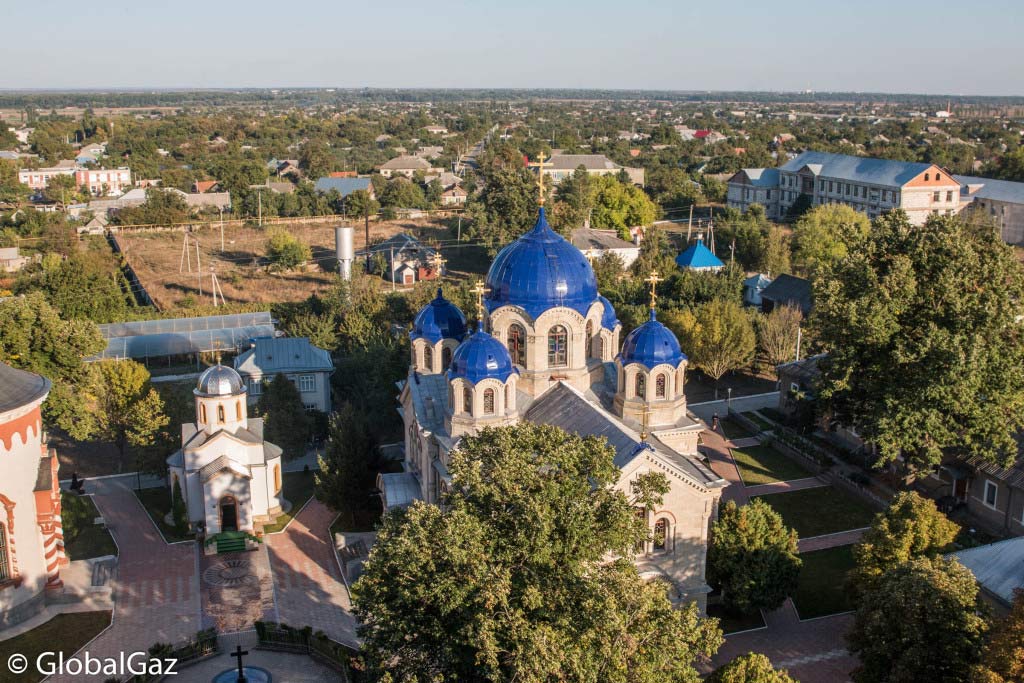
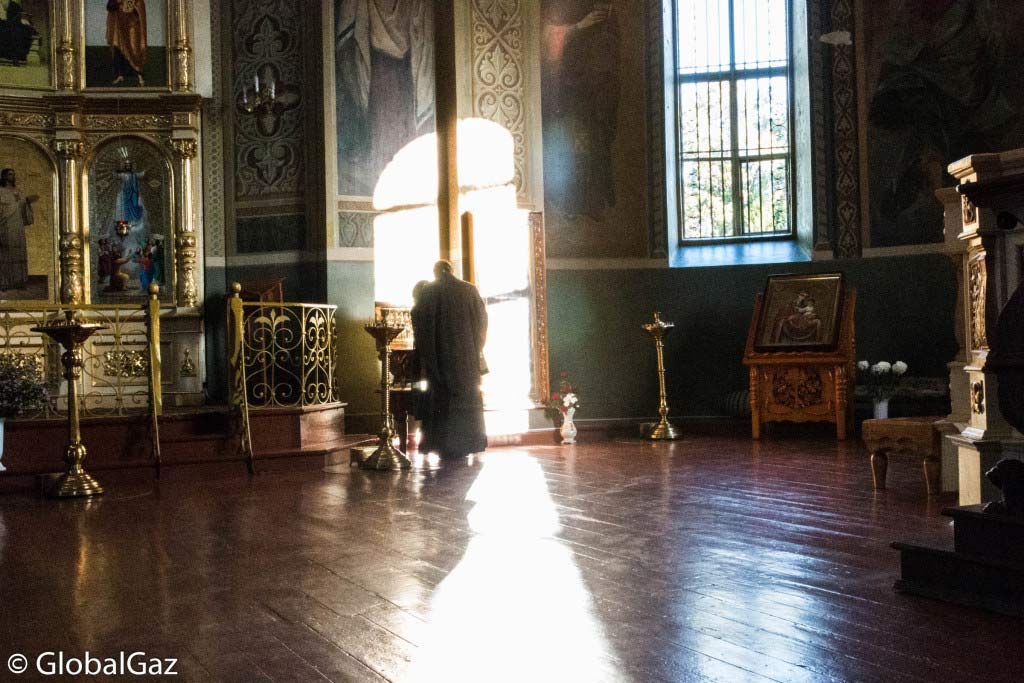
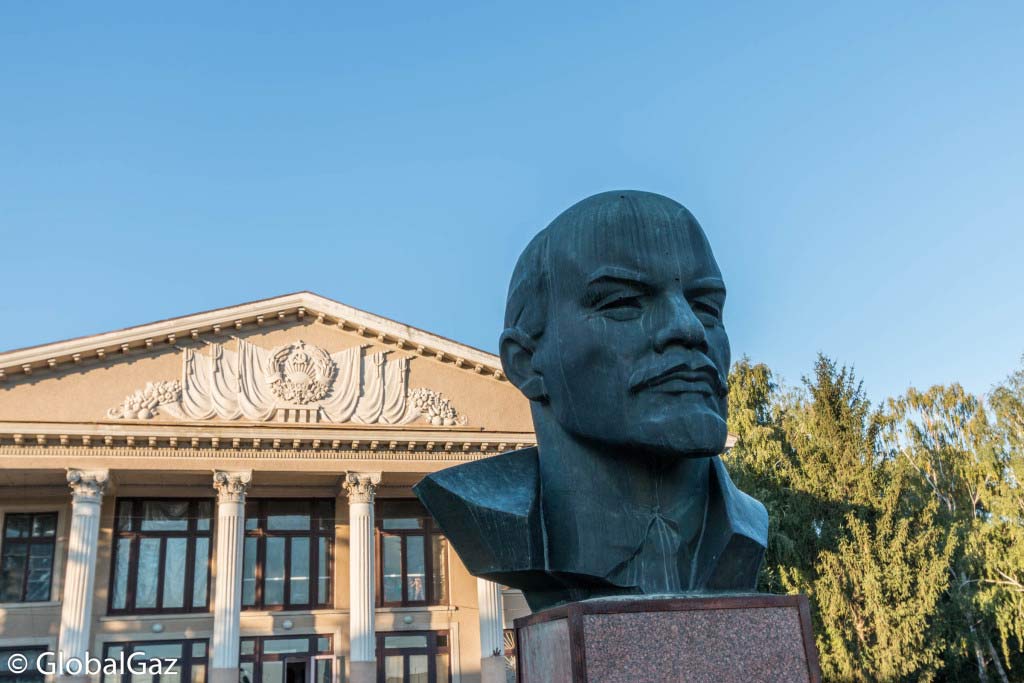
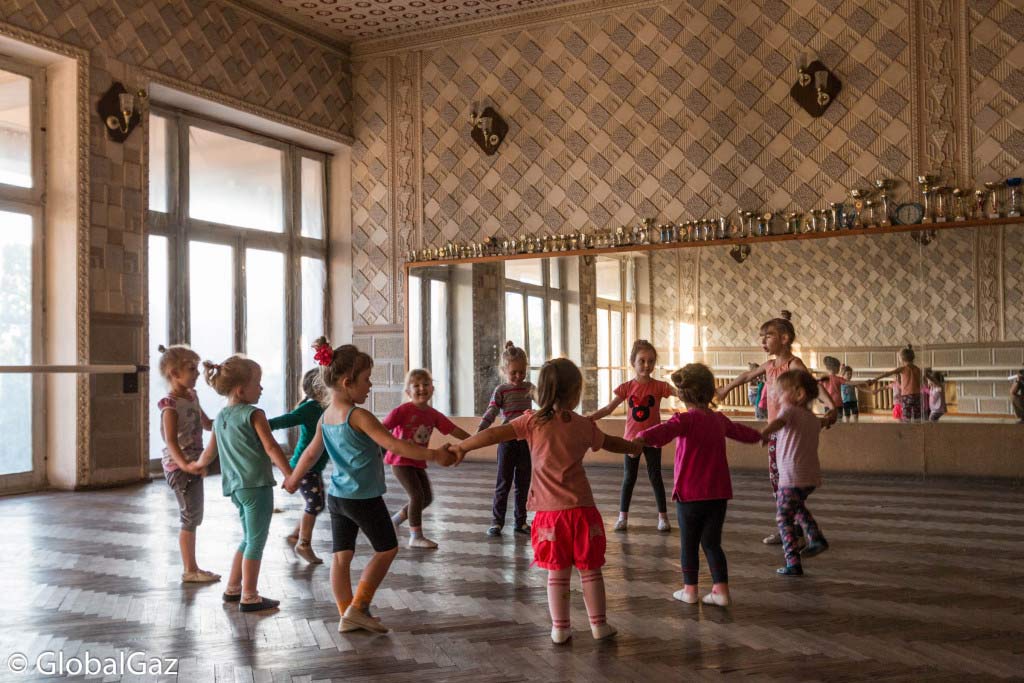
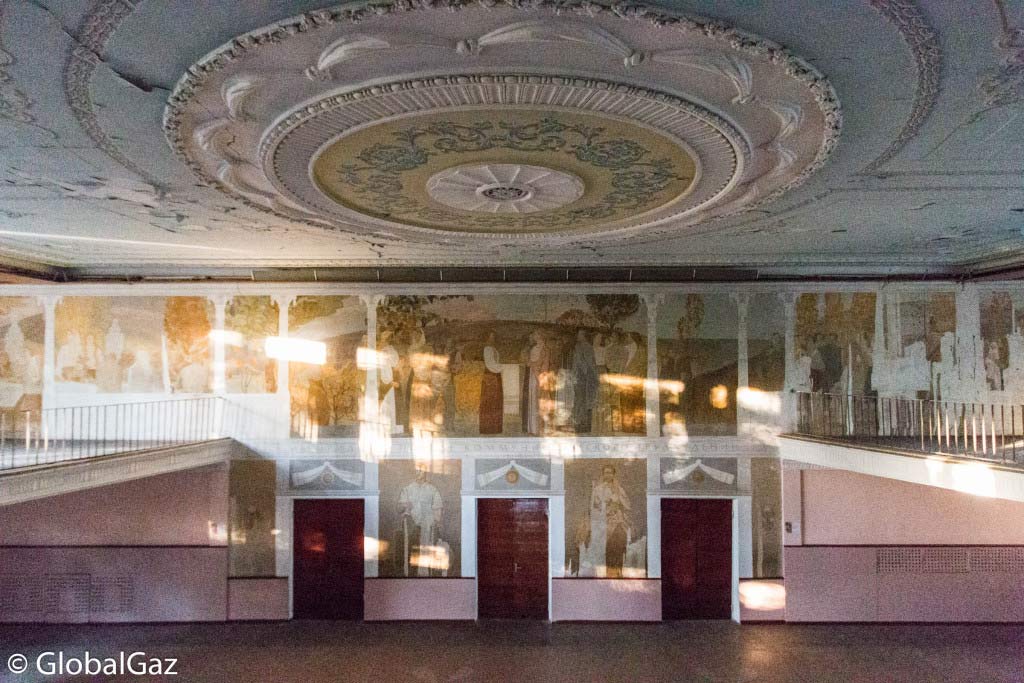
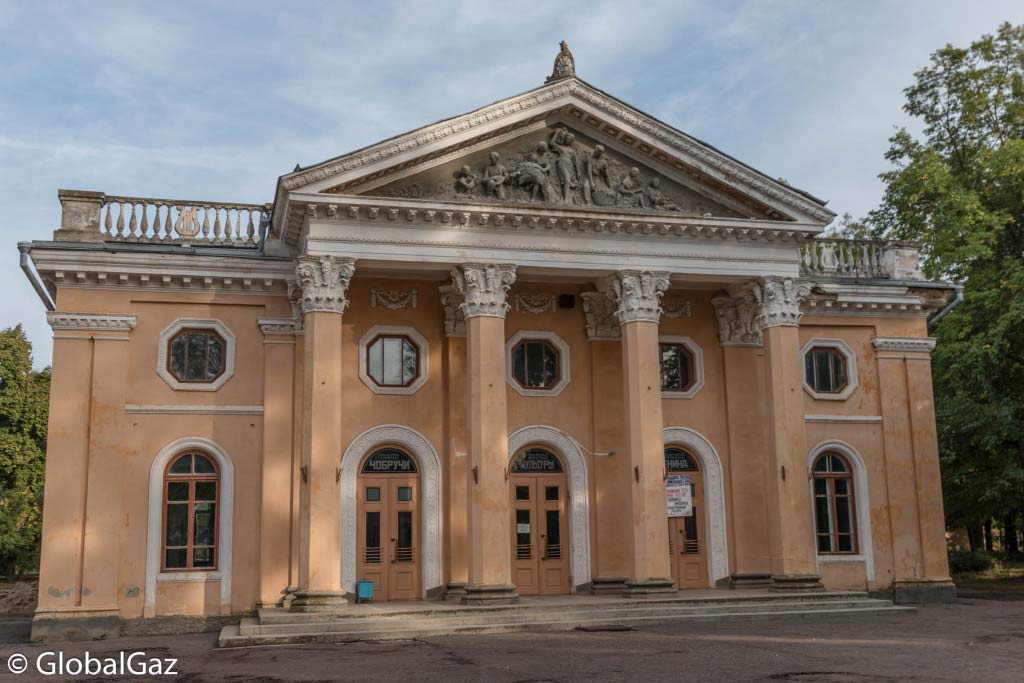
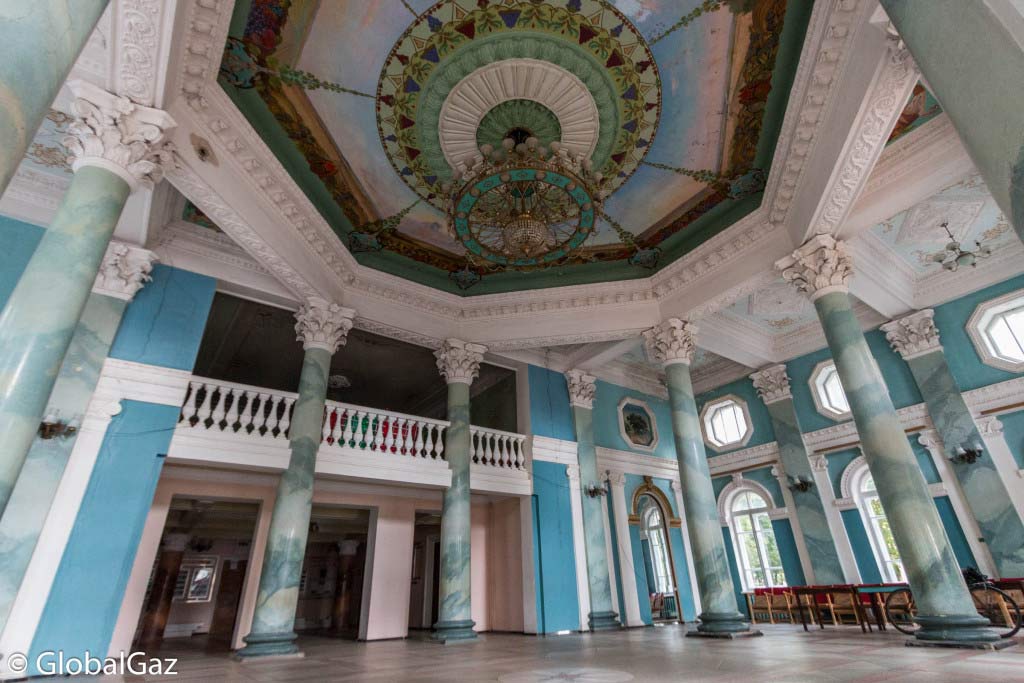
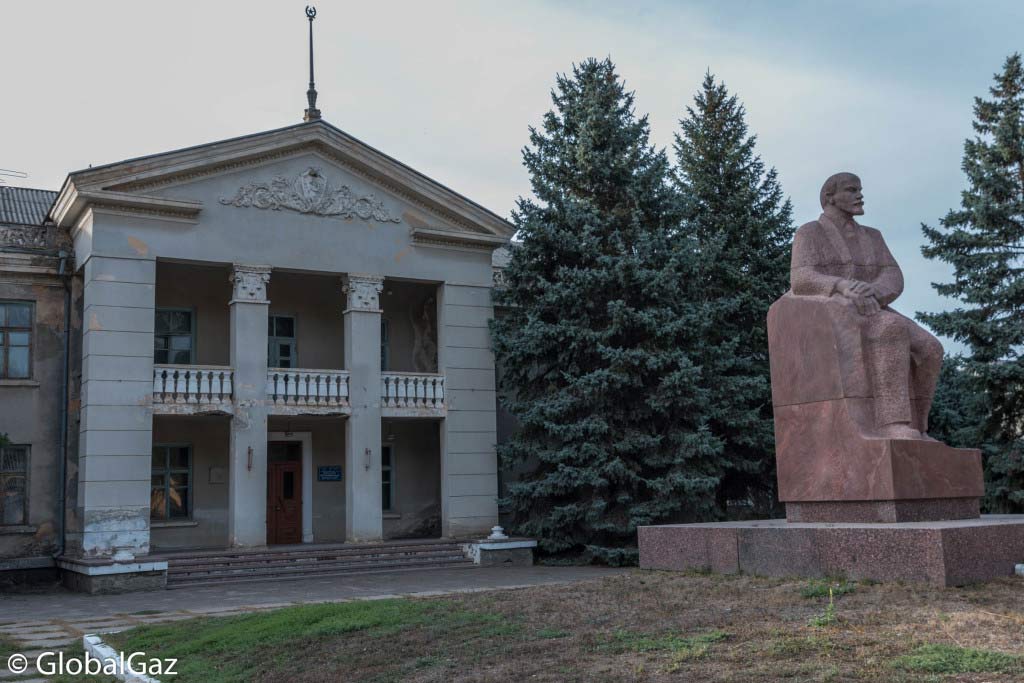
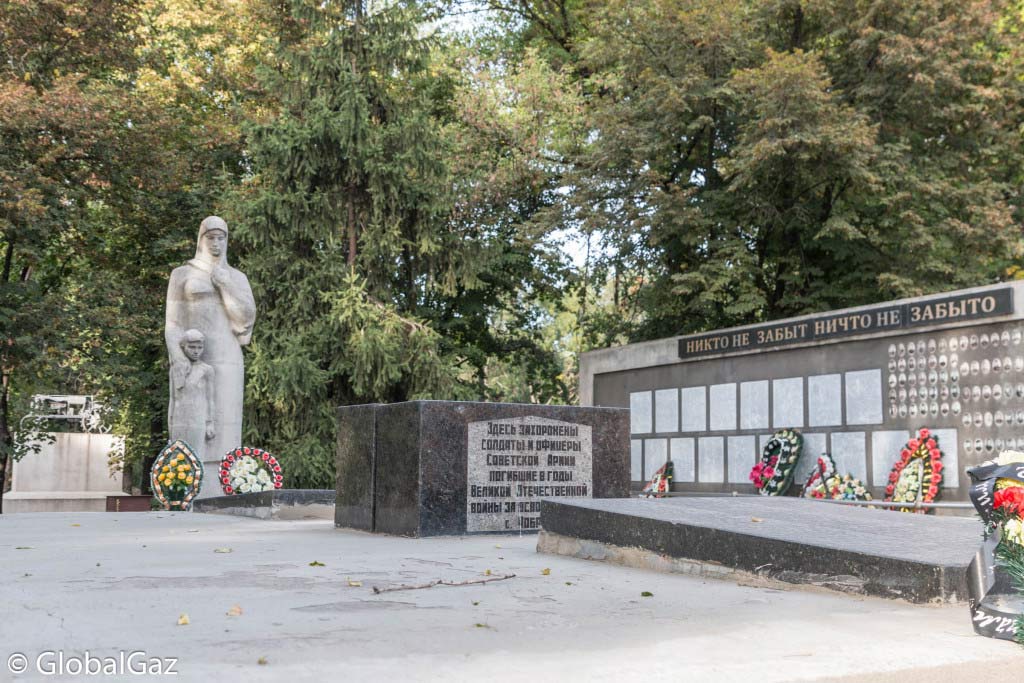
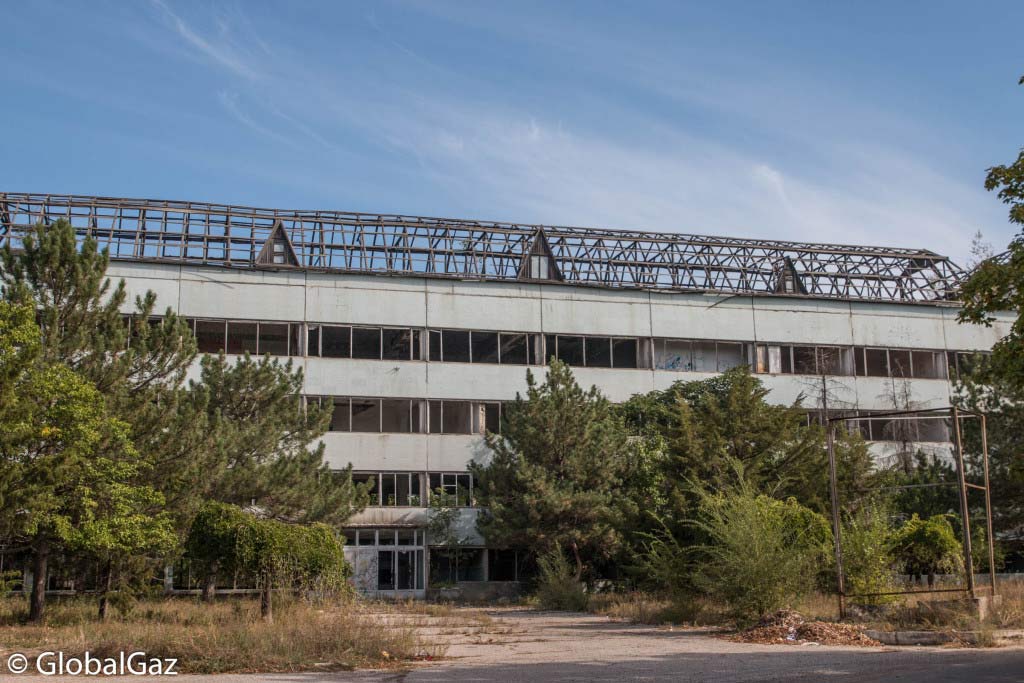
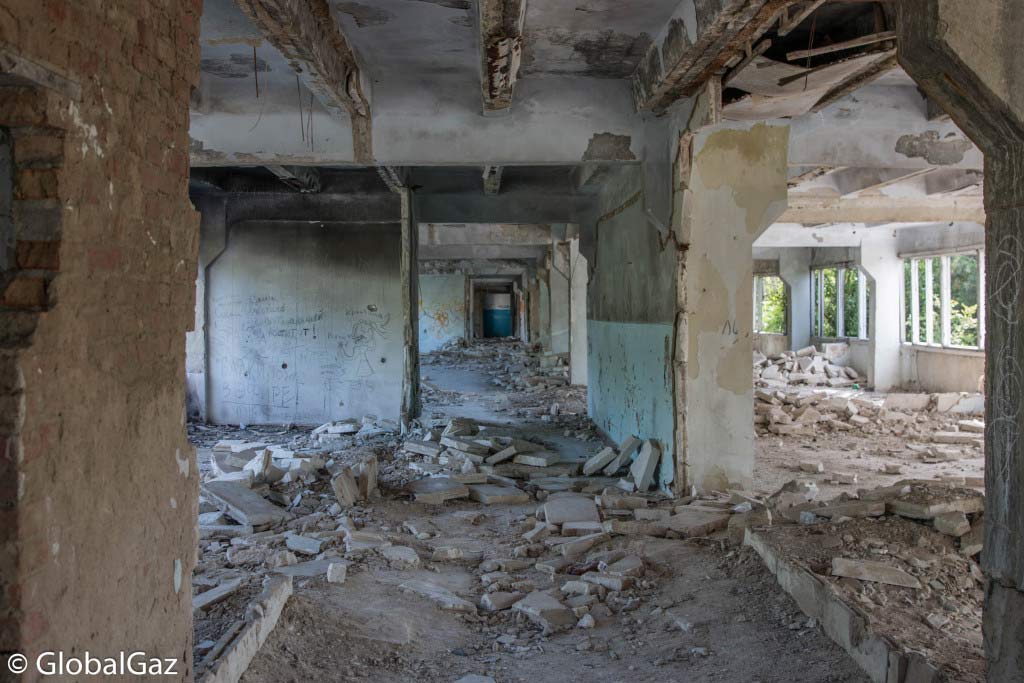
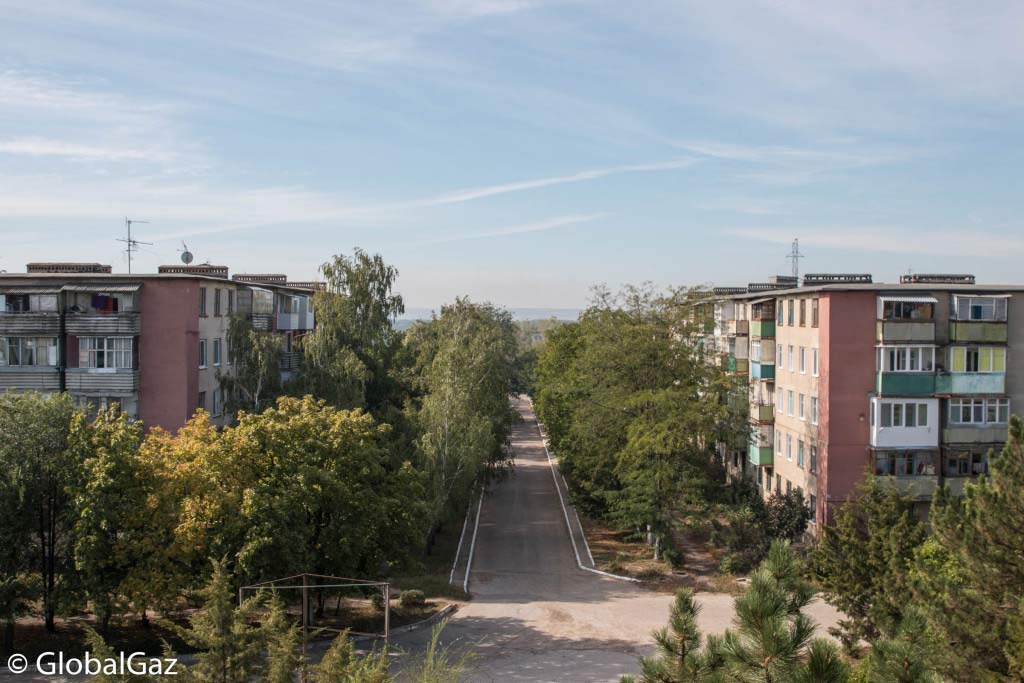
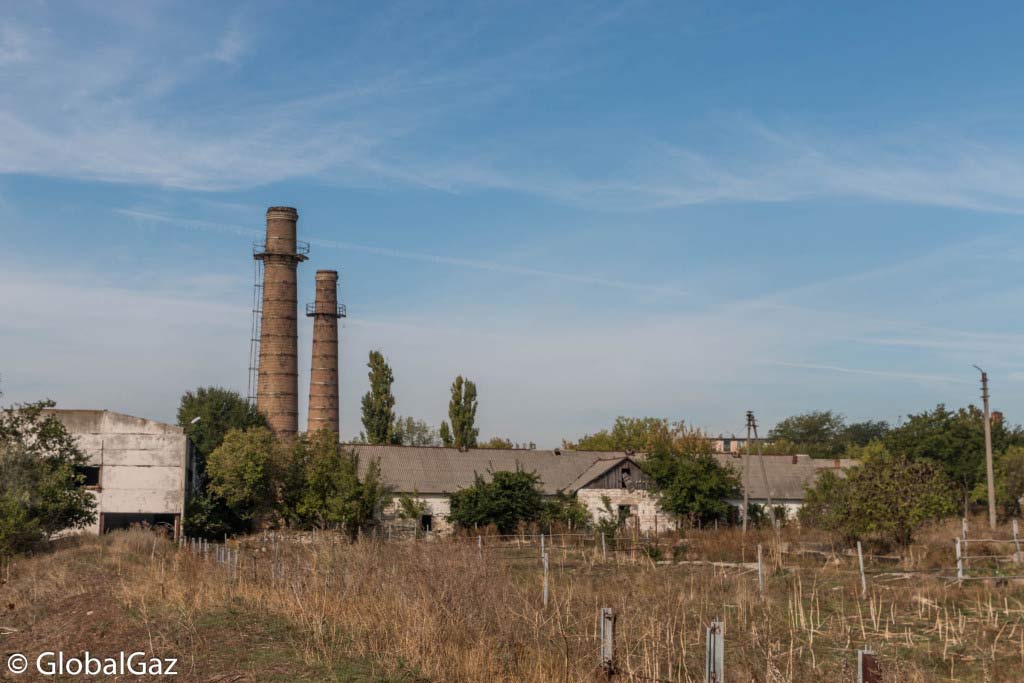
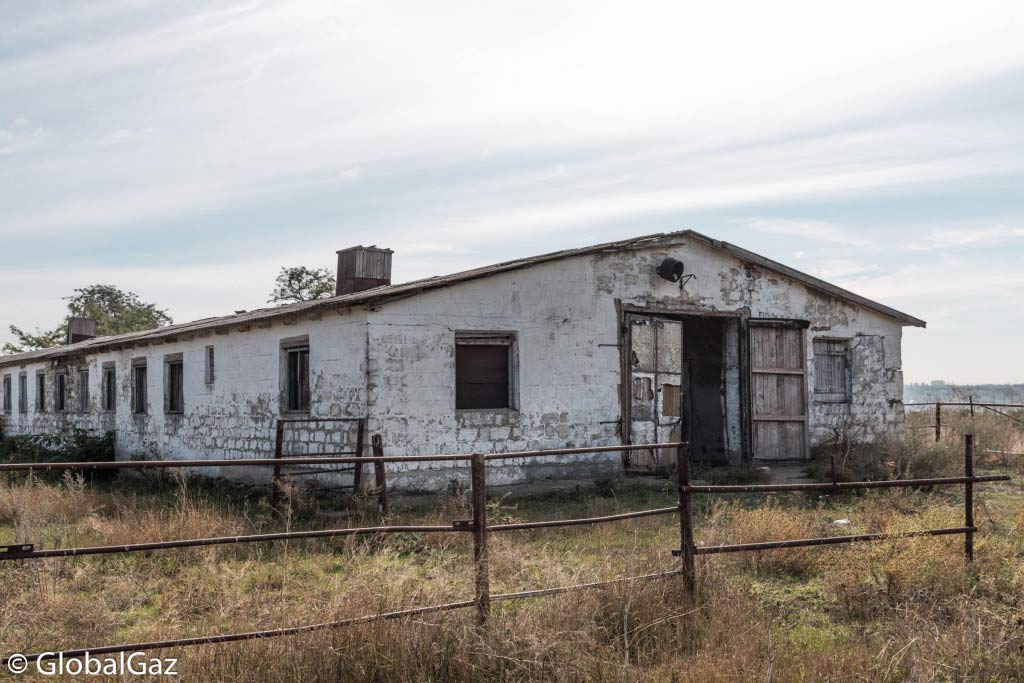
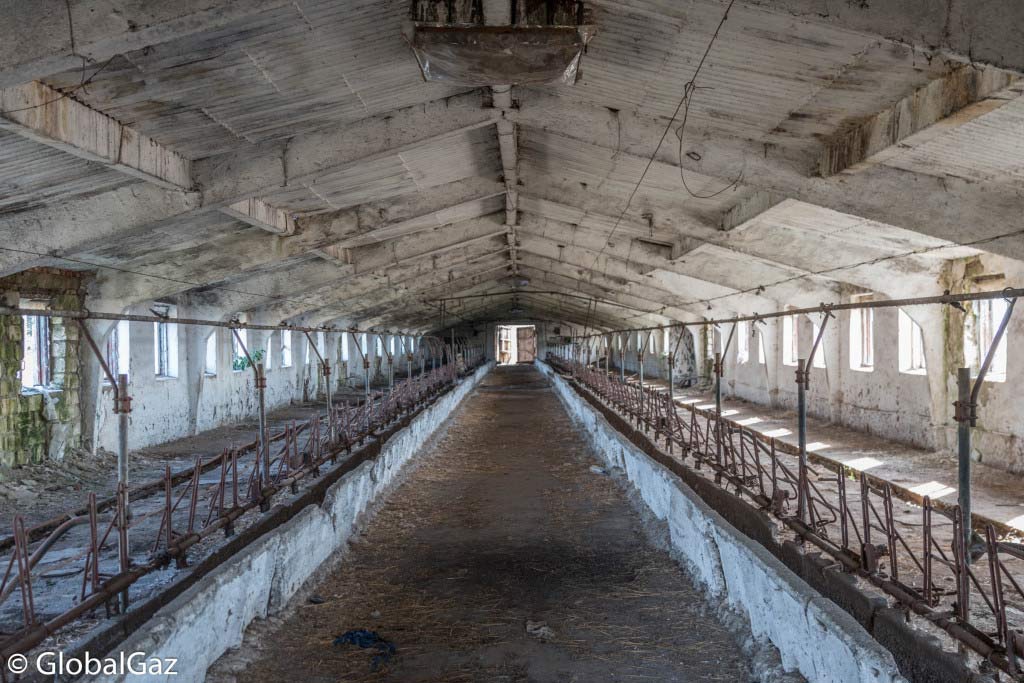
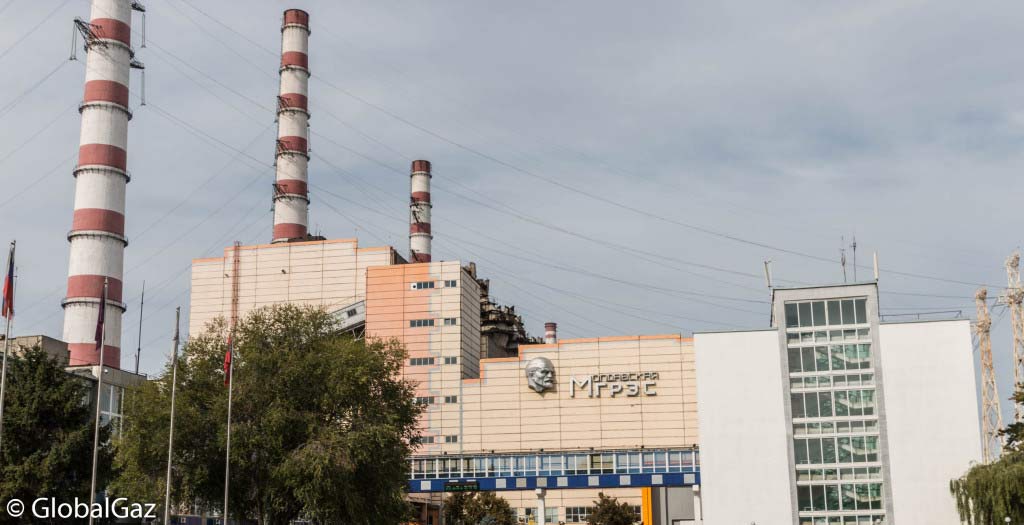
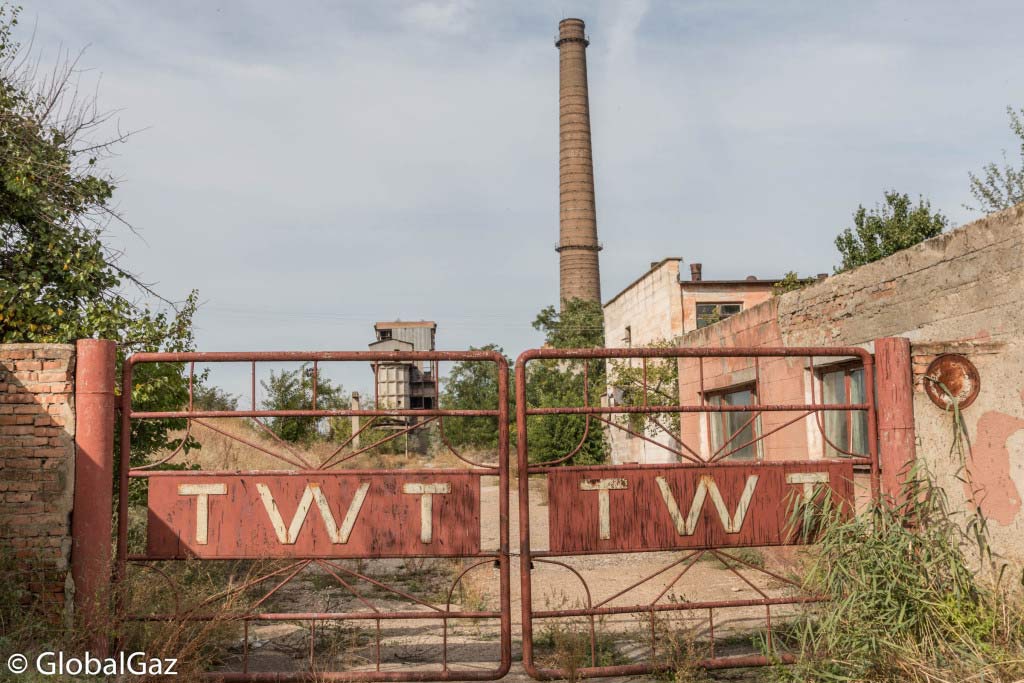
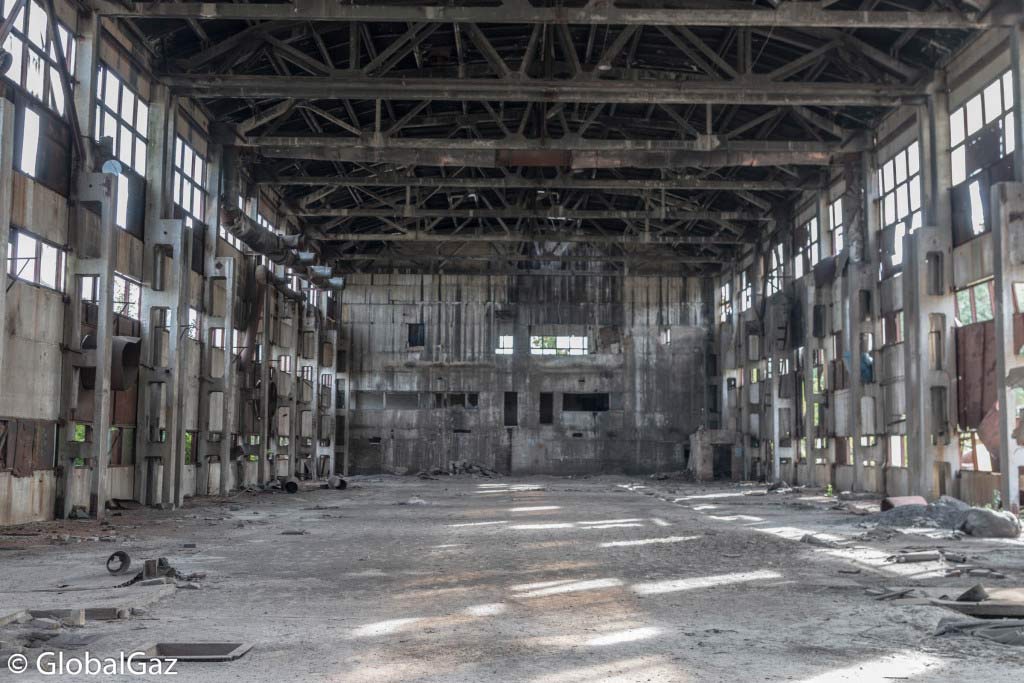
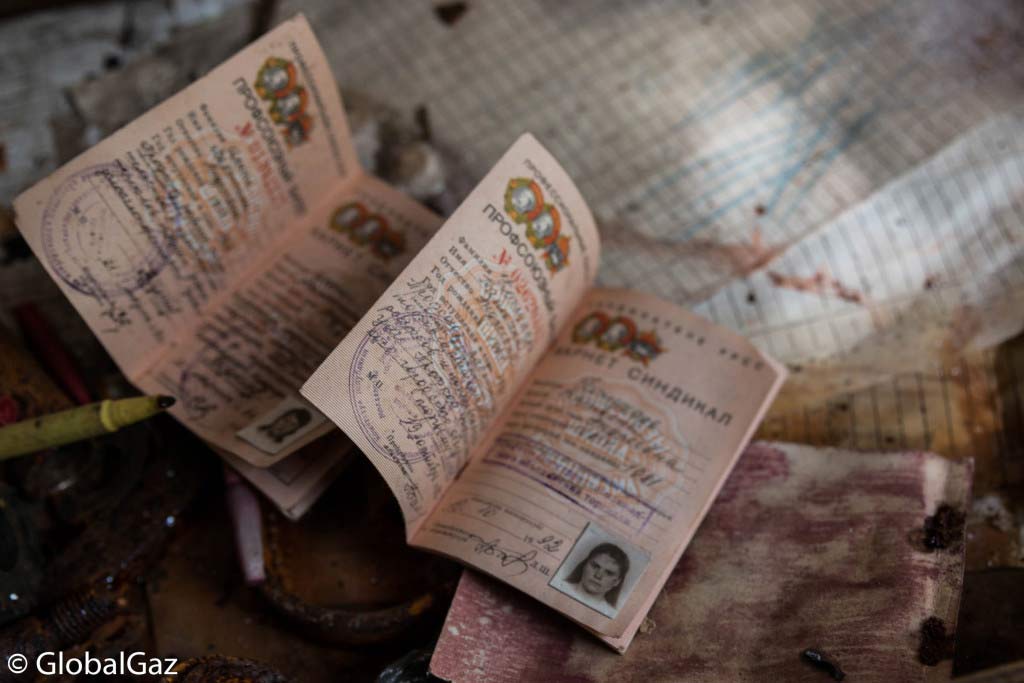
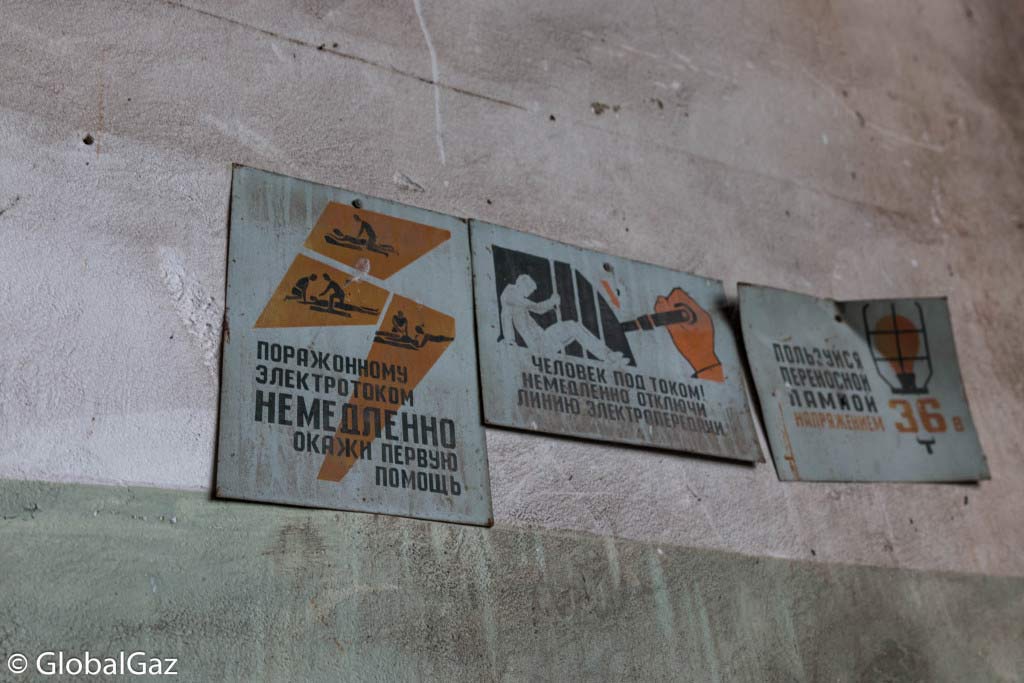
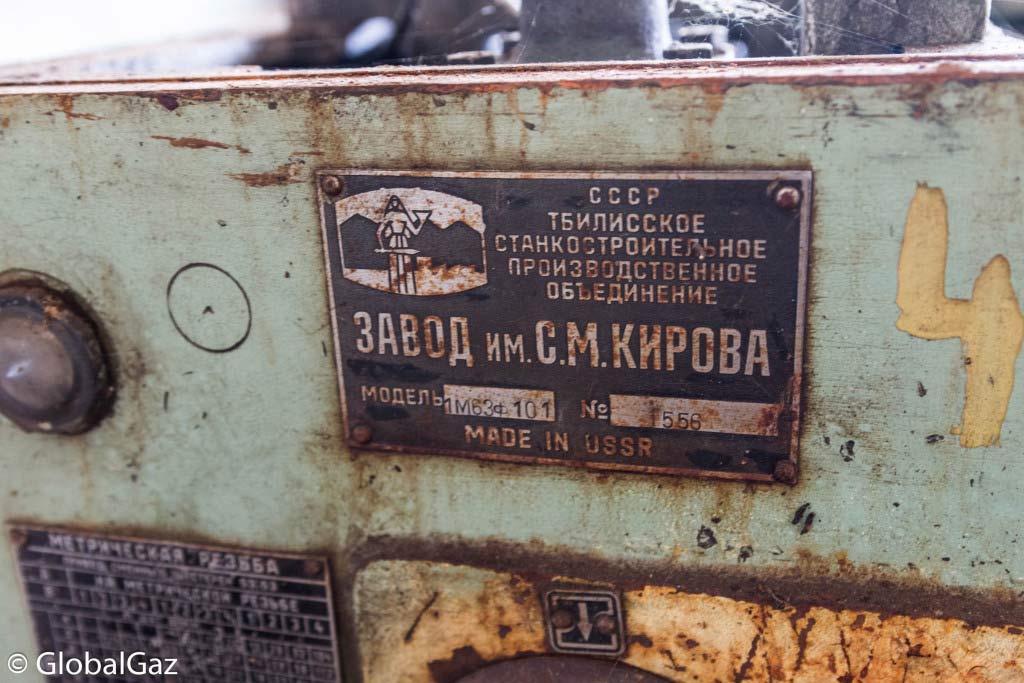
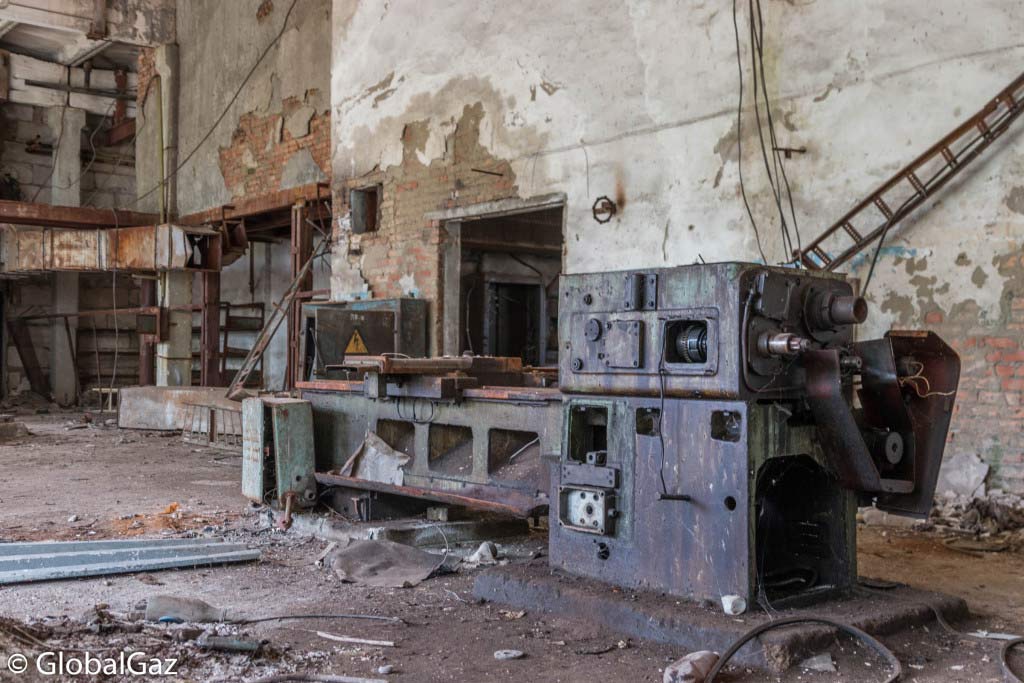
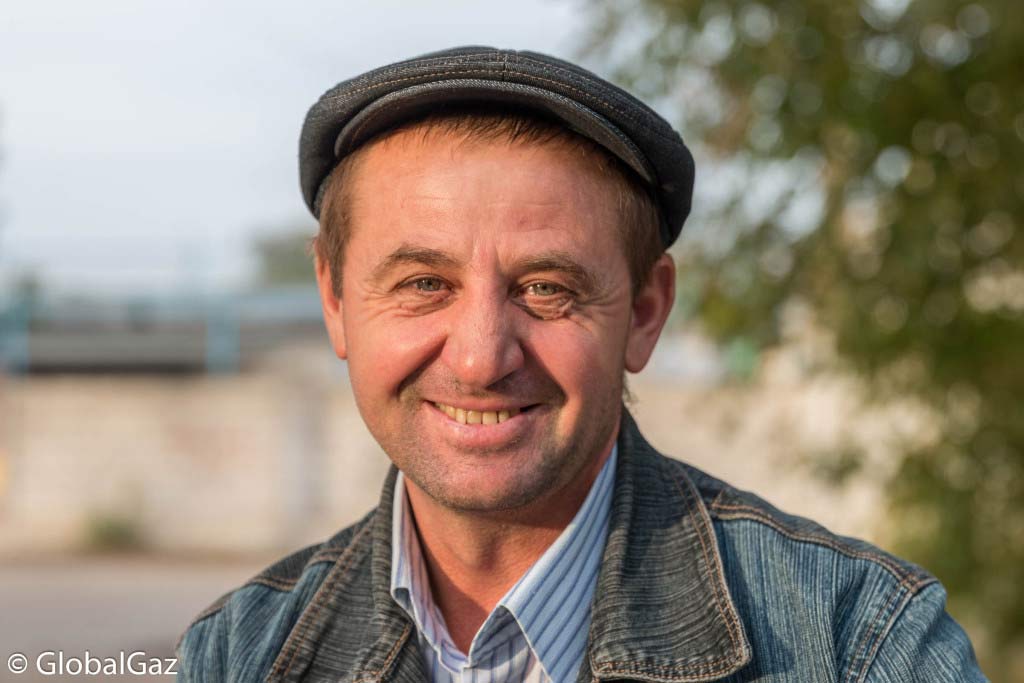
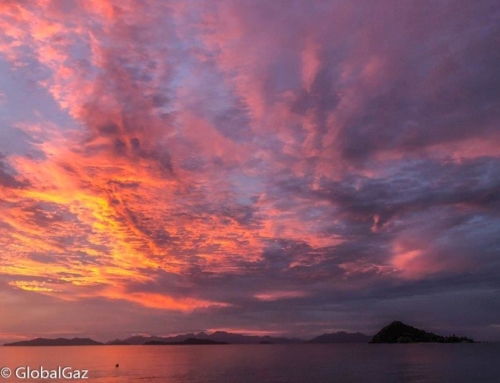
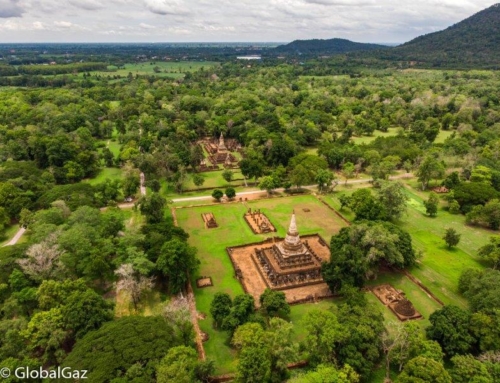
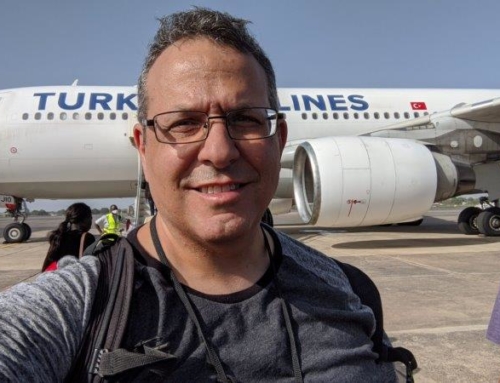
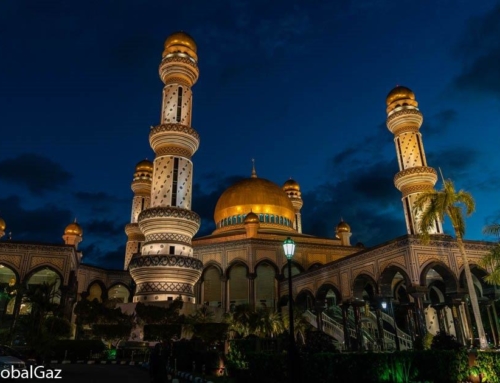
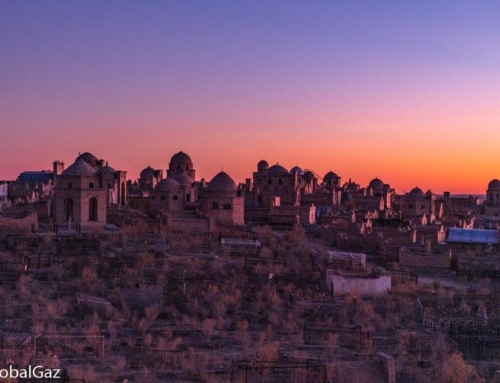
Very nice photos. Did you visit these places independently or did you hire a guide to help out. If the latter, do you have any recommendations? Thanks.
Hi Colin:
I did work with a guide. It is easy enough to see the sites in Tiraspol by yourself. The sites I saw outside the city would be a little bit more difficult to see independently. Especially, if you can not speak Russian. Unfortunately, I am not recommending the guide I worked with.
[…] this year; including: sleeping over at Chernobyl, a riverboat cruise on the Amazon, visiting Transnistria (a non-existent country), taking my first hot balloon ride in Catalonia, and filming the sequel, Hit […]
It’s such a shame that I’ve never heard of Transnistria until now, but it’s not yet too late, I can still add this to my bucketlist of places to go to. Thank you for sharing your story.
Randall, Add it to the bucket list! A unique place to visit.
[…] Visiting the Ayatollah in Iran. I have had some surreal travel experiences during my travels. I have visited the DMZ from an observation deck in North Korea, I have slept over in Chernobyl, and spent a couple of days exploring a country that does not even exist on the edge of Europe, Transnistria. […]
[…] met this man in the non-recognized, breakaway country squished between Moldova and Ukraine. The country has a very Soviet feel to it and is influenced […]
Independence? Are you kidding? What kind of website is this that you can write propaganda like this and just leave out the fact that Transnistria is still a part of Moldova? I’m not on any political side, here, but this is just irresponsible. Wow.
Mark thanks for your feedback. But I am honestly a little confused. I clearly stated “de facto” and “self-declared”.
I know you familiar with those terms. So, how is this explanation being “irresponsible”?
Simple. Those are secondary terms, as in something you use after you clearly describe a particular situation, which you failed to do first. The average reader will either skip over them, or just not understand what the heck you mean
Also, what do you mean by “independence?” Transnistria is not an independent country, but simply an autonomous region, albeit, a rather independent one, but not independent. Your readers likely do not even know, (unfortunately, thanks to you,) that neither the United Nations, nor any other country — excluding Russia, (and that is debatable) — recognizes it as a nation.
Drawing of “new borders?” WTF? Countries have borders. There is no border inside Moldova separating this region from the rest of the country. Again. WTF do you think you’re doing? It sounds to me just like you are trying to slyly convince the reader that Transnistria is a country, and you just had to slip a few qualifiers (“independent” and “self-proclaimed”) to satisfy your editors, (if this “gaz” thing actually has an editor.)
I’m not accusing you of trying to deceive your readers — although some could argue that case — but you should understand that your average reader knows nothing about Transnistria except for what you tell them, and they deserve to be told much more, and much more clearly than what you have told them.
I can assure you I have no ulterior motive in promoting Transnistrian independence to the public. And there is no editor, just me.
I am not going to bother debating the finer points of de facto or de jure status of the territory since I consider that a slippery slope. It seems like we could debate for quite some time, since you don’t think my de facto and self-declared descriptor is not sufficient enough.
I am sorry you took such umbrage while reading my article.
Your comments will stand so future readers will be better informed about Transnistria’s political status.
Thank you.
Just being pedantic here, but it’s “marshutka” 🙂
all good! thanks.
As a citizen of Pridnestrovie, I was very upset by this unmotivated hatred against us. I can only wish for your country and your children what you wished for us by using the word “Transnistria”: war, mass bloodshed and genocide.